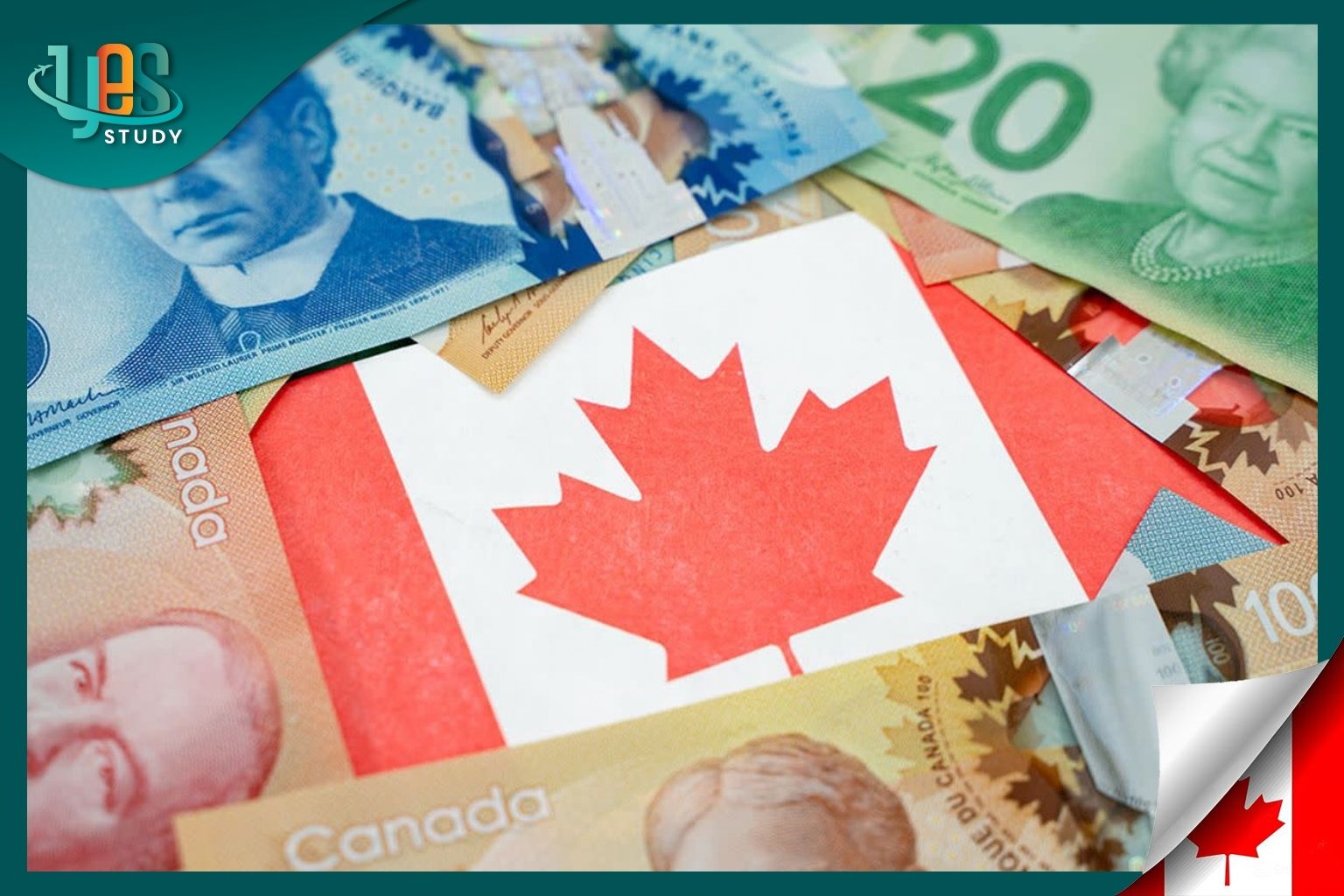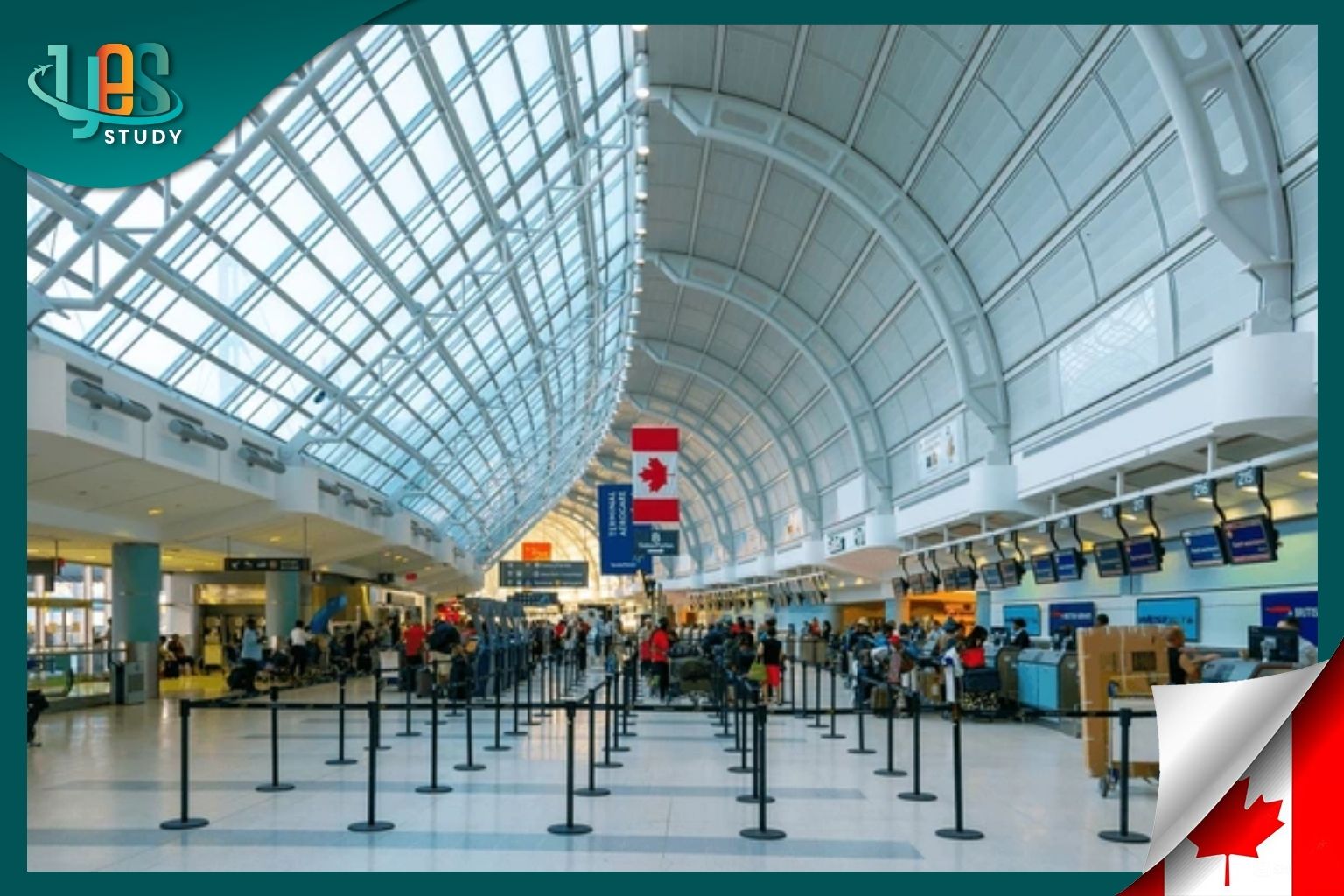The Maple Leaf, Canada’s Symbol: Its History and Meaning
A single, vibrant red maple leaf is enough to evoke the image of Canada. But behind this familiar symbol lies a rich history and the very soul of a nation. Join us as we explore the maple leaf to understand why it carries such profound significance.
An Overview of the Canadian Maple Leaf Symbol
The History of the Maple Leaf Symbol
The journey of the maple leaf from a natural emblem to the centerpiece of the national flag is a meaningful historical tale. Here are the key milestones in that journey:
- Ancient Times: The Indigenous peoples (First Nations) were the first to discover and use the sap of the maple tree, viewing it as a symbol of life and nature’s generosity.
- 1834: The Saint-Jean-Baptiste Society in Quebec officially adopted the maple leaf as its emblem, marking one of the first instances of its organized use.
- Late 19th Century (1876 – 1901): The image of the maple leaf began to appear on all Canadian coins, integrating the symbol into the daily lives of the people.
- World War I & II (1914 – 1945): The maple leaf was carved onto the badges of the Canadian military, becoming a crucial identifying symbol that distinguished them from British forces and asserted a distinct national identity.
- February 15, 1965: After much debate, the flag featuring the maple leaf at its center was officially adopted, becoming the supreme national symbol of Canada, representing peace, tolerance, and unity.
“Decoding” the Meaning of the Maple Leaf on the Canadian Flag
The red maple leaf at the heart of the Canadian flag holds several deep layers of meaning:
- A Representation of Nature: It is a direct symbol of the vast maple forests and majestic natural landscapes that are an integral part of Canada.
- A Symbol of Unity: The 11 points are a stylistic design and do not represent the number of provinces. It symbolizes unity in diversity within a multicultural nation, where people from all backgrounds live together in harmony.
- An Assertion of a Unique Identity: Placing the maple leaf in the central position, replacing older symbols, was a powerful statement of Canada as an independent, sovereign nation with values of peace and tolerance.
The Maple Leaf in Canadian Culture and Life
Maple Syrup
If there’s one flavour that encapsulates the essence of Canada, it’s maple syrup. It’s not just a food item but a part of the country’s heritage and a source of national pride. The best way to experience this culture is to visit a “sugar shack” in the spring to witness the sap harvesting and syrup production process, and to enjoy the unique “maple taffy” made by pouring hot syrup directly onto fresh snow.
The Colours of Festivals
Maple culture is vibrant not only in the fall but also during the spring. When the sap harvest begins, many communities in Quebec and Ontario host lively Maple Syrup Festivals. These events celebrate the iconic tree with parades, music, and a wide array of maple-based products to enjoy.
Pride in Sports
The maple leaf symbol is also perfectly intertwined with Canada’s greatest passion: ice hockey. The legendary Toronto Maple Leafs hockey team features the maple leaf on its jersey, turning it into a symbol of pride, strength, and the spirit of an entire city.
The Best Time of Year to See the Maple Leaves in Canada
For anyone who sets foot in Canada, immersing oneself in the brilliant scenery of autumn is an unforgettable experience. The maple forests simultaneously transform, donning a magnificent cloak ranging from golden yellow and burnt orange to deep crimson, painting a spectacular natural masterpiece. To “hunt” for the most beautiful autumn moments, timing is everything.
The ideal time to witness the maple leaf season is typically from late September to mid-October. However, keep in mind that the exact timing can vary slightly each year depending on the weather. The leaves usually change color earlier in the eastern and northern regions, then gradually spread southward. A helpful tip is to follow online “fall foliage reports” from the provinces to plan your trip.
Famous Places to See the Maple Leaves in Canada
Canada offers countless beautiful spots to enjoy the autumn season, but here are three “paradises” that everyone should visit at least once:
- Algonquin Provincial Park (Ontario): This is a classic destination and a point of pride for Ontario. Imagine hiking on trails covered in golden leaves or gently kayaking on a calm lake that mirrors the surrounding vibrant maple forests. Algonquin in the fall is a symphony of color and tranquility.
- The Laurentian Mountains (Quebec): If you’re seeking a fairytale-like beauty, head to the Laurentian Mountains. Gentle rolling hills are covered in a carpet of yellow, orange, and red leaves, interspersed with charming little villages featuring classic European architecture and pristine lakes. It’s a romantic and picturesque scene.
- The Cabot Trail (Nova Scotia): Hailed as one of the world’s most beautiful coastal drives, the Cabot Trail becomes particularly breathtaking in the fall. The winding road hugs the Atlantic coastline, with the deep blue ocean on one side and vibrant, colourful highlands on the other, creating a stunning and majestic contrast.
Frequently Asked Questions (FAQs)
Why do maple leaves change color?
It’s a magical biological process. In the fall, as days get shorter and the weather cools, the chlorophyll that gives leaves their green color breaks down. As the green fades, the yellow and orange pigments that were already present in the leaves are revealed. The red pigment is created by a chemical reaction between sugars trapped in the leaves and sunlight.
Besides syrup, what else is made from the maple tree?
The legacy of the maple tree is incredibly rich! In addition to syrup, Canadians create many other delicious products, such as creamy maple butter, maple sugar for baking, sweet maple candy, and even unique craft beers and spirits infused with maple flavour.
Yes Study – Your Canada Study Abroad Consultant
The maple leaf is more than just a symbol on paper; it represents the cultural experiences, natural beauty, and wonderful student life that await you in Canada.
At Yes Study, we understand that studying abroad is a comprehensive journey of discovery. Therefore, we not only help you prepare a perfect academic application but also act as your companion, sharing deep insights into the culture and life in Canada. We empower you to confidently integrate and fully enjoy everything the land of the maple leaf has to offer.

Latest news

How to Transfer Money from Vietnam to Canada: 4 Safe and Legal Methods

The Cost of Traveling to Canada: A Detailed Budget Guide

Flying to Canada: Where Are the Layover Stops?

The Canadian Passport

What is NOC Canada? A Guide to Canada’s Immigration Occupation List
